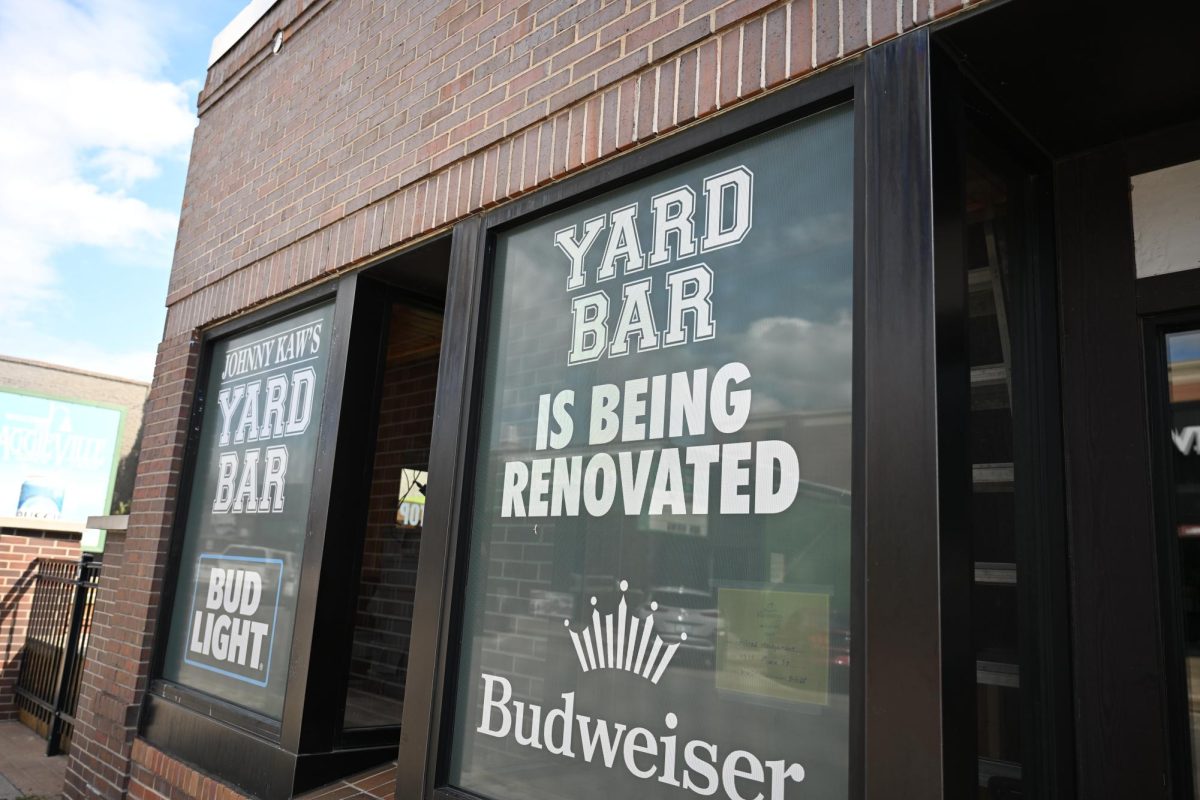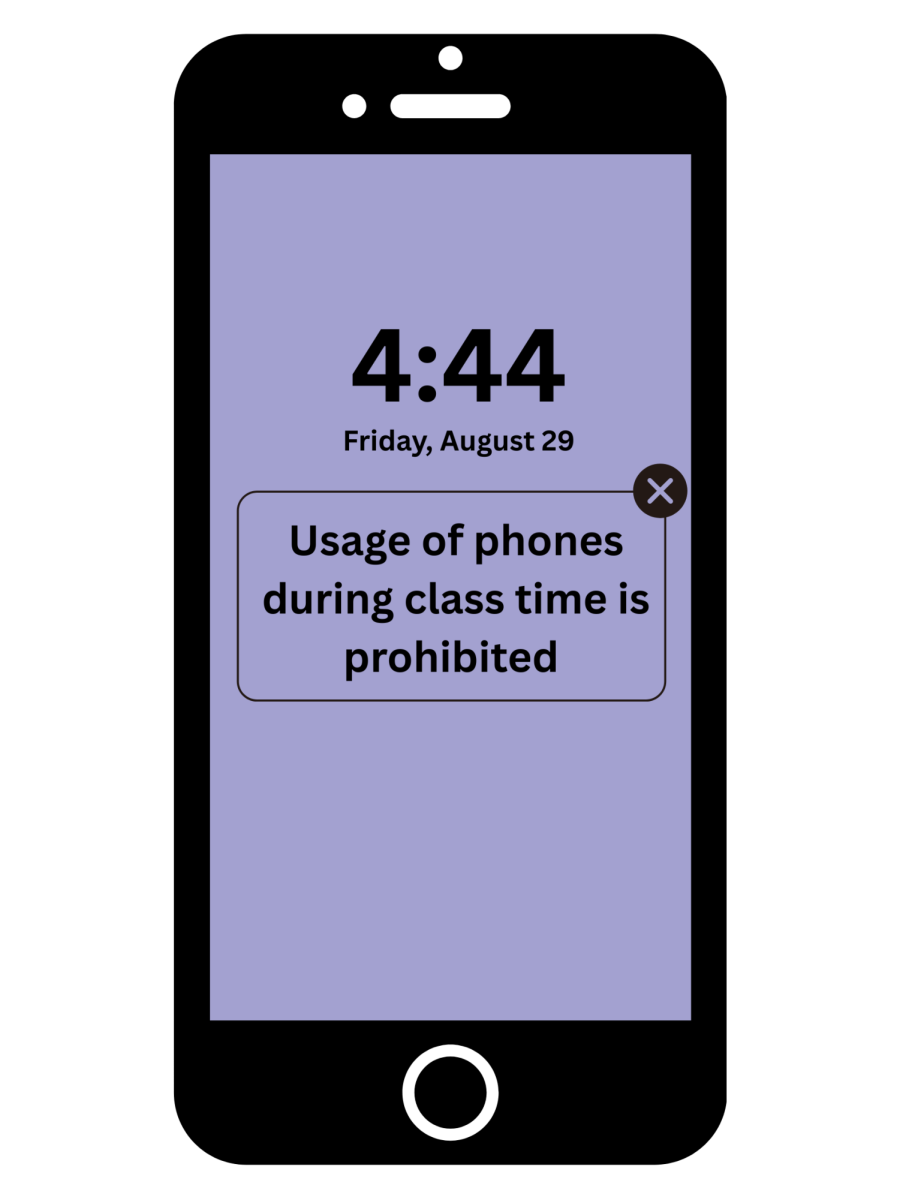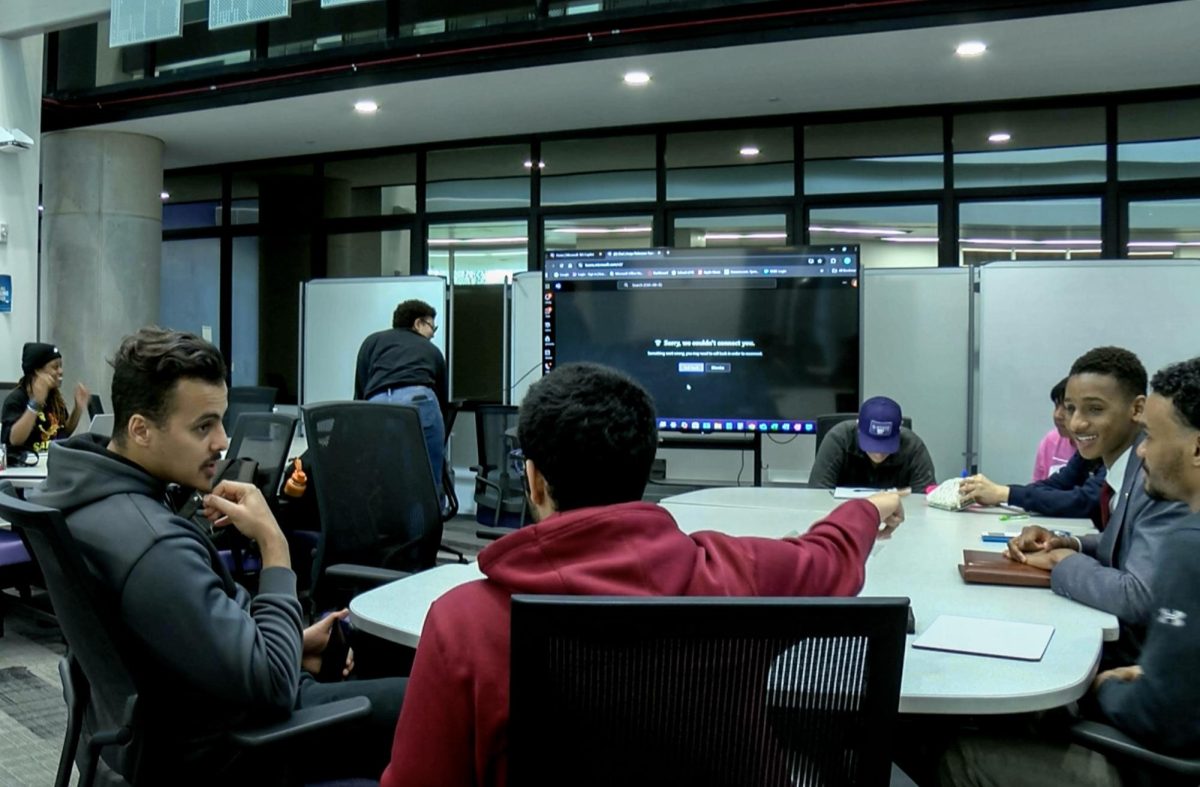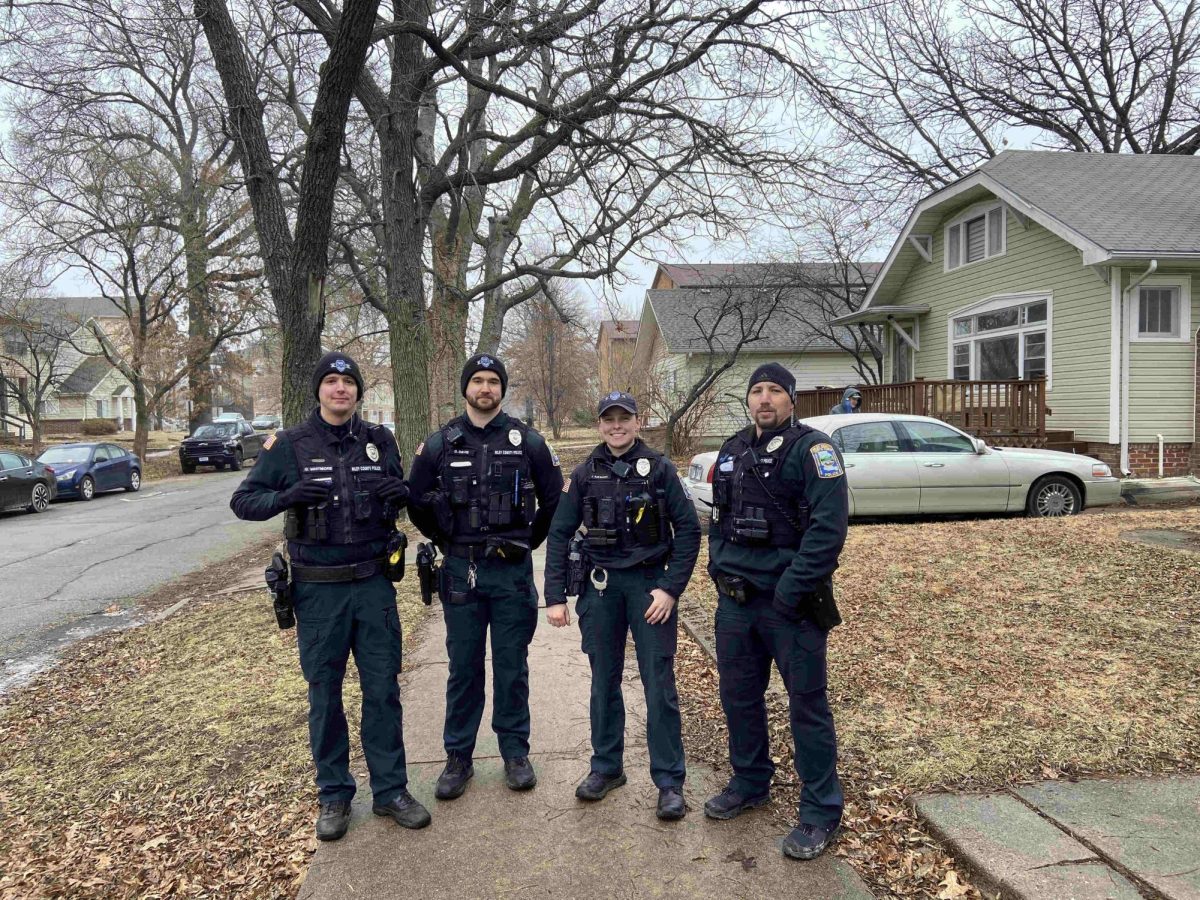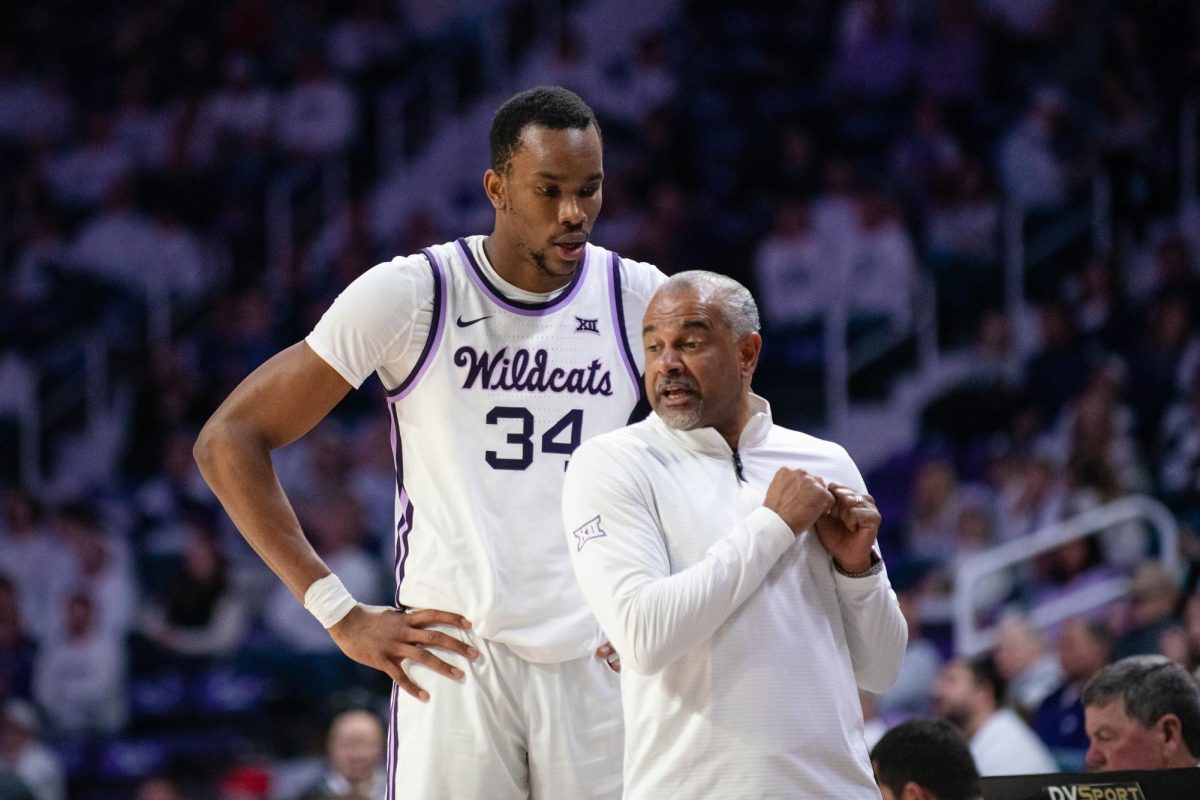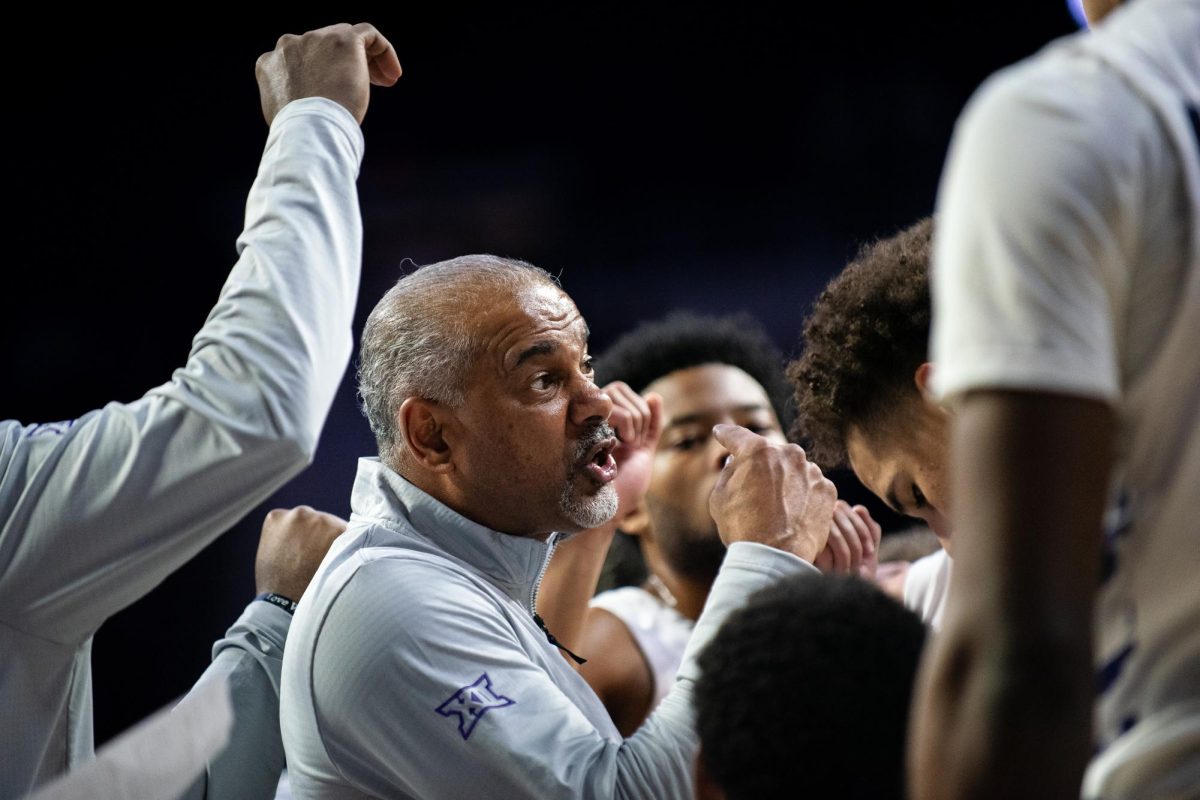Life as a college student can be challenging, as it’s the first step to independent living; you have to be smart with your finances and typically need to get around town on your own. For many students, the luxury of a car is just out of reach. Thankfully, college campuses are typically equipped with many options to get around without using a car. You may even have access to a vehicle through ridesharing or carpooling. If you’re wondering what the best options for campus travel are, it’s best to understand your options first.
Buses and Shuttles
Many campuses have a shuttle service that can take students across campus. These shuttles are free or low-cost, helping to provide transportation options across large campuses. You can use these shuttles to learn stops and schedules near you.
If the school doesn’t have a direct shuttle or bus, your city will likely have one. You can obtain a cost-effective bus pass for unlimited rides whenever necessary. Bus schedules may run behind from time to time, and it’s unusual for buses to run 24/7, so learn the schedule beforehand to understand your options. You will want to account for buses running behind schedule so you don’t miss any classes. It’s better to arrive early than late; you can relax and catch up on classwork if you have time to spare.
Public Transportation
Outside of public bus transportation, campuses in larger cities likely have access to additional public transportation. Subways, streetcars, and trains are standard public transit options in large cities, particularly near universities. You can learn what public transit is available in your area by researching online, asking your friends, or contacting city officials. You can reduce travel time by eliminating traffic with options like subways or trains. There are some downsides to these types of transportation, however. Some may find their schedules behind or inadequate for their classes. Stops or stations may be farther away from campuses or housing, making it an inconvenient option.
Walking
Walking is a good option if your housing is relatively close to your classes. It is free and environmentally friendly, and regular walks can keep your muscles and limbs flexible and capable. However, this is a time-consuming option, and not everyone can walk long distances (or at all). Some campus classes are too far for walking to be practical. GPS apps like Google Maps can often tell you how far and how long walking will take from one destination to another; you can utilize these tools to determine if walking is a good option.
Bikes, E-Bikes, and Scooters
Bicycles are an affordable alternative to cars and don’t harm the environment. With a good bike and lock, you can take yourself anywhere on or off campus without being limited by your walking ability or speed. Campuses are often bike-friendly, with adequate bike lanes or sidewalks. If you want more power, you can use an e-bike, which provides a simple battery-powered motor to increase speed. These may be more beneficial in areas that are hard to bike, such as steep hills. Scooters are bulkier versions of e-bikes that pack a bit of a punch in terms of power but aren’t entirely motorcycles. Some campuses or cities offer scooter or bike rentals around town. You can also ride a motorcycle if you want the maximum power. However, you must learn about local biking laws to avoid a scooter or bicycle accident.
Rideshare or Carpooling
Rideshare services are good options for quick, infrequent trips around town. You may even get a reasonable fare deal when you catch rideshare drivers during low-demand times. Rideshares like Uber or Lyft provide transportation services for a small fee, similar to a taxi. You can compare all rideshare options, including taxis, for the best deal. There are also options like Uber Pool that split fares if you share the vehicle with someone; this can be a good option if you don’t mind making multiple stops. Carpooling with friends, roommates, or classmates can help everyone save on gas fares and reduce carbon footprints.
Conclusion
Getting around as a college student without a car can be challenging. However, this doesn’t mean you’re out of options. Many convenient, stress-free transportation methods exist, particularly in a larger city or school campus. If you want the speed of a car, ridesharing and carpooling can reduce costs to wallets and the environment. Walking is an eco-friendly alternative if you’re not in a rush and your classes are reasonably close. Bikes, e-bikes, and scooters are a faster, eco-friendly option that only requires a simple lock when parking on campus. Public transportation can help you get around quickly and lightly, but it usually comes with a small fee. There is no wrong way to travel around campus, but staying safe and evaluating the most practical option for your distances and needs is ideal.
Interlinking Opportunities
From (https://kstatecollegian.com/2024/08/22/how-to-handle-a-bicycle-accident-on-campus/) with the anchor campus travel hacks
From (https://kstatecollegian.com/2024/09/06/students-consider-possible-return-of-electric-scooters/) with the anchor campus travel options

